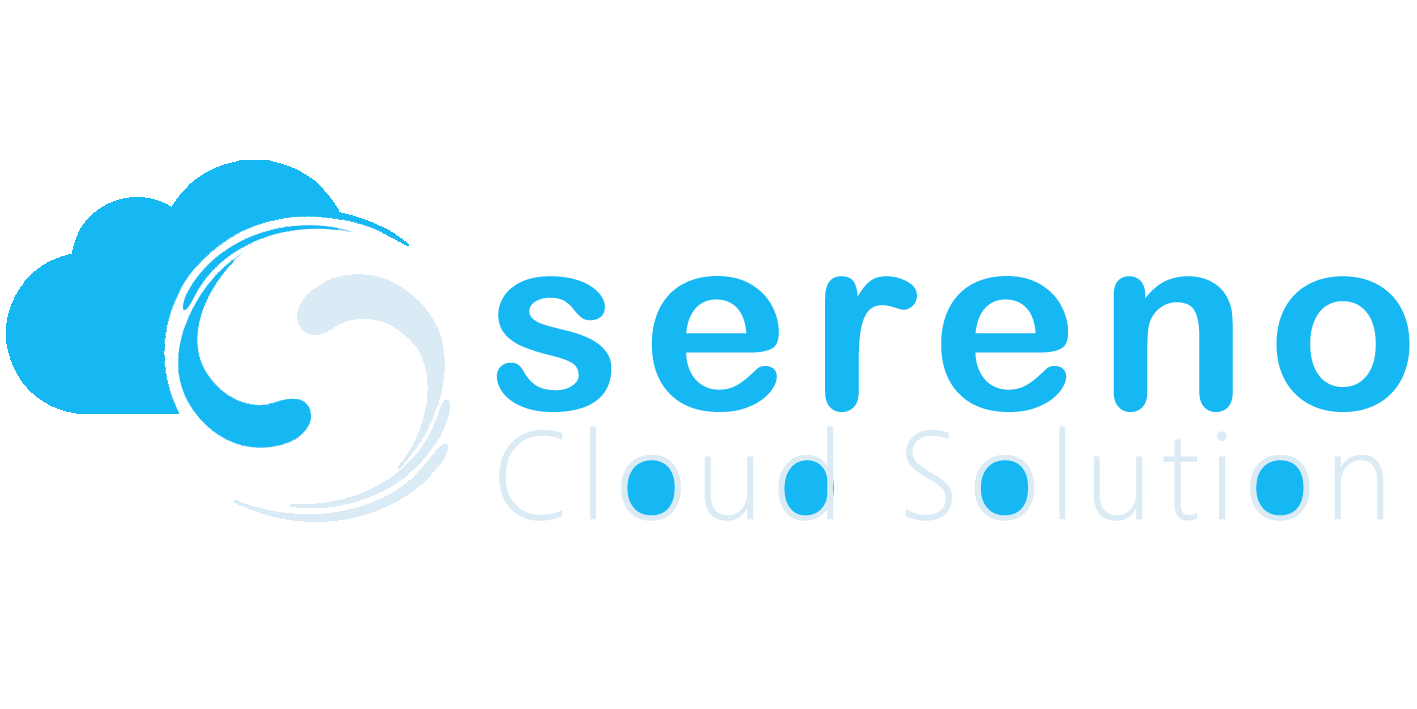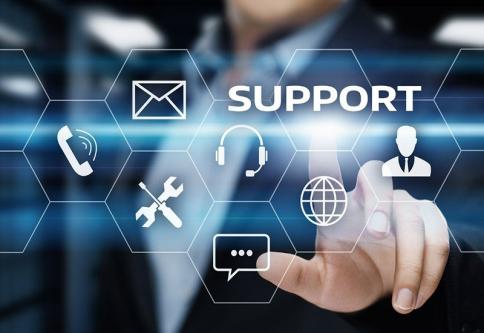The IT Service Desk is meant to be a key point of contact between customers and an IT organisation. According to ITIL, the service desk is a single point of contact (SPOC) between the service provider (IT) and the customer for day-to-day operations. Typical service desk handles accidents (process disruptions) and process requests (routine service related tasks) along with the handling of customer messages for issues like outages and expected improvements to services. Usually, a service desk has a wide reach and is intended to provide a convenient location for the customer to satisfy all their IT needs. As a result, the service desk plays a crucial role in promoting the convergence of business processes with the technology environment and the broader service management network.
MSPs offer higher customer support to end users with a live response help desk.
For example, You're 20 minutes away from giving a presentation, but your Microsoft PowerPoint does not open your file. How are you, or your customers of managed services, doing in this situation?
Scenario A : Support from internal IT staff
Your admin tends to be the most "technical" person on your staff, and is an informal resource when you have Any questions or problems. In addition to their primary position and duties, they will seek to support you with your IT problems when they have time to spare. They're not highly trained in technology, so they're trying to solve the IT problem by troubleshooting after searching online for answers. There is no guarantee that you'll get help with your PowerPoint OR be ready for your presentation in 20 minutes.
Scenario B: Automated Help Desk Service
If you have an IT supplier, you call them urgently only to have to wade through a series of Automated Menus. Press 1 for Help, Press 3 for IT, Press 1 if your problem is urgent – "We appreciate your call and it is very important to us, please keep on keeping until a technician is identified." 15 Minutes remaining, you're already on hold, 10 Minutes left "We appreciate your call and it's very important to us, just keep on holding until a technician is identified." Time is dwindling and your presentation is getting closer by the second. 15 Minutes remaining, you're already on hold, 10 Minutes left "We appreciate your call and it's very important to us, just keep on holding until a technician is identified." Time is dwindling and your presentation is getting closer by the second.
You finally get in contact with a technician, but before they can connect to your Computer, they want you to go to a website, type a code, download a file to your Computer, wait for it to connect to them, 5 minutes to go, and the tech is finally looking at your question. You need to deliver your presentation, with or without your PowerPoint, and the 20 minutes are gone before you know it.
Scenario C: Live-Answer Help Desk
You're dialing your live-answer Support Desk, and within a couple of rings, a technician is ready to assist you on the phone! No automatic menus or hoops to go through, only a professional technician to answer your call. They are already connected to your Computer within two minutes of the call, without you having to do anything as your Agent Program allows the Qualified Support Desk to remotely connect to your PCs without any user interaction.
The technician enters your problem to the Instant-Search Database through IT Glue and finds an article written by the Senior Tier 3 Technician detailing concrete steps to solve your IT problem. It's now 15 minutes before your presentation, and the Microsoft Office Fast Repair Help Desk begins. This will only run after 5 minutes, so PowerPoint will open your file now. The IT problem is resolved easily, the PowerPoint is ready, and you can concentrate your energy on preparing for your presentation.
Which scenario is better ?
If the end users have IT problems, they're still under pressure if they hit the Help Desk, and the last thing they want to do is wade through a network of complicated menus only to be held up or trapped in a queue waiting for a tech. Once they eventually talk to someone, annoyance grows as they are asked to navigate to a site and enter a code, then wait for the application to update so that the technician can communicate. Experience may be radically different for an end-user when it comes to a live-answer Help Desk, an automated queue, or no one else.
What Does an IT Service Desk do?
The primary task of the IT service desk is to serve as the primary point of contact for monitoring / proprietary issues, answering user requests / questions and providing a medium of communication between other service management functions and the user group. In addition to these core roles, the service desk also plays an active role in collecting change requests, negotiating third party support arrangements, handling software licenses and assisting in issue management.
How can Sereno help you?
Sereno Cloud’s SerenoPRO cloud service management solution, launched as a service, is a professional team certified by industry standards such as CISSP and CEH (Certified Ethical Hacker) to tailor the entire network security architecture and establish transparency. High cloud racking, improving the effectiveness of monitoring and management, and blocking security holes. At the same time, the ITIL (Information Technology Infrastructure Library) architecture is used to set up operational processes to improve operational efficiency and enable customers to solve the shortage of talents.









